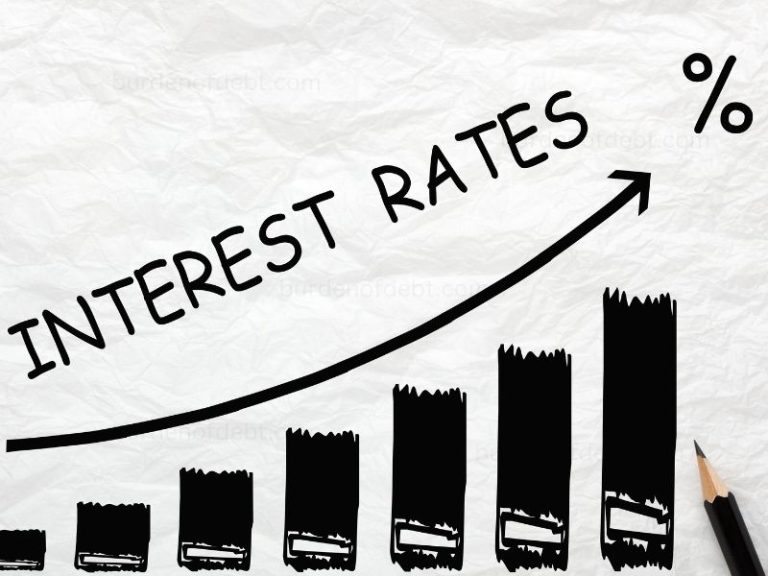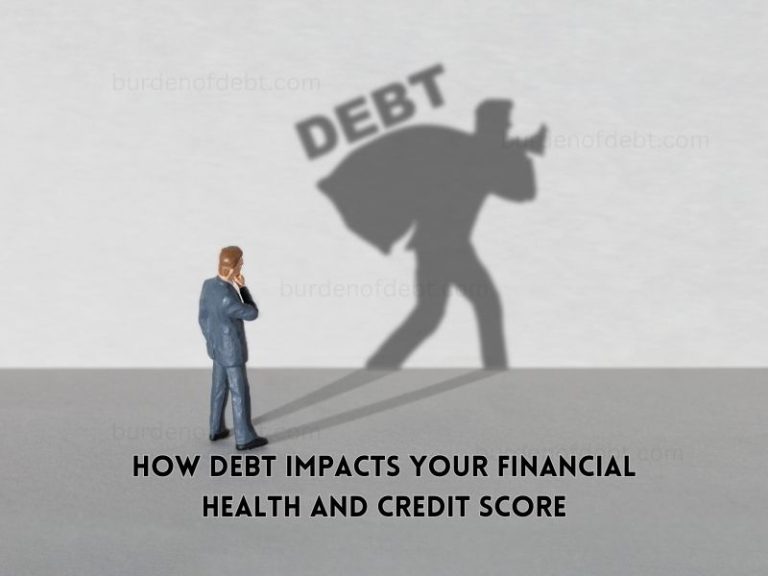Why is Good Debt Different from Bad Debt?
Unraveling the Mystery: What Makes Good Debt Different from Bad Debt?
Debt, as you’ve probably already heard, isn’t always a bad thing. Many of us view debt with a certain amount of trepidation, but what if I told you that it’s not always a villain? It’s true! Some types of debt can actually be beneficial, propelling you toward your financial goals when utilized correctly. In fact, in the world of personal finance, debt is usually classified into two broad categories: good debt and bad debt.
Distinguishing Good Debt
First, let’s clarify what we mean by good debt. Good debt is often seen as an investment, something that’s going to provide a net gain over the long term. One classic example is a student loan. Acquiring debt to fund your education is often viewed as a worthwhile investment. It might seem daunting to be thousands of dollars in debt just as you’re starting your adult life, but it’s also enabling you to pursue a degree that will likely increase your earning potential.
Imagine you’re Tom, a computer science student who took out a loan to cover his tuition. Yes, he has a debt to repay, but he’s also improving his skills and knowledge in a field known for its high salaries and ample job opportunities. In this scenario, the debt is a stepping stone towards a better financial future.
Not All Debt Is Created Equal
On the other side of the coin, we have bad debt. This type of debt doesn’t help build your wealth or add value to your life in the long term. Instead, it eats away at your finances with high-interest rates and offers no tangible return on investment.
Let’s picture Lucy, who loves to shop and uses her credit card liberally for non-essential items like high-end fashion or the latest tech gadgets. These purchases are not likely to provide a return on her investment. They might provide momentary happiness, but the interest accumulating on these items can lead to substantial debt over time. This is what we mean when we refer to bad debt.
The Role of Interest Rates
An important aspect to consider while distinguishing between good and bad debt is the interest rate. Most forms of good debt come with lower interest rates. Mortgages and student loans, for example, tend to have relatively low rates, making them more manageable in the long run.
Bad debt, on the other hand, often comes with exorbitantly high-interest rates. Credit cards are a prime example. It’s not uncommon to see interest rates of 20% or higher on credit cards. If you’re not diligent about paying off your balance each month, the interest can snowball, making it harder and harder to get out of debt.
Emphasizing Financial Responsibility
Just because some debt can be categorized as “good,” it doesn’t mean you can recklessly accumulate it without consequences. Financial responsibility is still crucial. For example, taking out a mortgage you can’t afford just because it’s considered good debt can quickly lead to financial ruin.
Remember Tom, our aspiring computer scientist? Even though his student loan is generally seen as good debt, if he borrows more than he needs or can afford to repay, it can quickly spiral into a financial nightmare. The same goes for Lucy – even small, seemingly manageable debts can escalate quickly if she’s not careful with her spending habits.

Harnessing Debt to Your Advantage
When used responsibly, good debt can be a powerful tool. It can open doors to opportunities that might otherwise be out of reach, like owning a home or getting a higher education. However, it’s crucial to understand that not all debt is created equal, and the distinction between good and bad debt is a key aspect of effective money management.
Remember, the path to financial freedom isn’t necessarily about avoiding debt entirely, but rather about understanding how to leverage it wisely. It’s about recognizing when debt can act as a tool to help you achieve your dreams – be it higher education, home ownership, or starting your own business – and when it might hinder your progress.
When it comes to good debt, remember to borrow within your means and have a solid plan for repayment. As for bad debt, staying informed, avoiding unnecessary expenses, and paying off balances promptly can help steer clear of financial pitfalls.
Debt, in and of itself, is not the enemy. It’s how we manage it that makes all the difference. It’s a journey of continual learning and adaptation. And the more we understand about good debt versus bad debt, the better equipped we are to make decisions that positively impact our financial health.
The Power of Informed Decisions
The power to navigate the world of debt successfully largely depends on making informed decisions. It’s crucial to understand the nuances of your financial decisions and their potential long-term effects. For instance, investing in a business may be classified as good debt as it can lead to income generation in the future. But without a sound business plan or market understanding, that debt could become a financial black hole. This underscores the importance of thorough research and informed decision-making in the realm of debt.
Managing Debt: A Balancing Act
To master the art of managing debt, it’s essential to strike a balance. Your finances should be a mix of good debt (in moderation) and savings or investments that provide financial stability. It’s a delicate dance, and everyone’s situation will be unique.
Picture yourself juggling. One ball represents good debt, another saving, and a third ball, let’s say, your day-to-day expenses. You must keep them all in the air, balanced, and moving smoothly. If you focus too much on one, you risk dropping the others. Just like juggling, managing your finances requires skill, balance, and practice.
Avoiding the Bad Debt Trap
Avoiding bad debt isn’t just about curbing impulsive buying; it’s also about knowing how to use credit wisely. Credit cards, for instance, can be beneficial for building a credit history if used responsibly. On the flip side, they can lead to significant debt if used recklessly.
Consider Lucy’s situation again. If she uses her credit card for necessary expenses and pays off her balance every month, she avoids paying interest and builds a solid credit history. However, if she continues to splurge on non-essentials and doesn’t pay her balance in full, she’s likely to fall into the bad debt trap.
Wrapping It Up
Understanding the difference between good and bad debt can seem daunting, but with a bit of knowledge and a lot of discipline, it’s entirely feasible. Keep in mind that good debt is an investment for your future, whereas bad debt typically offers temporary gratification but could cost you more in the long run. Remember, it’s all about balance and informed decisions – the ultimate keys to mastering the art of debt management.
Frequently Asked Questions
Good debt is typically considered an investment that will generate long-term income or increase in value. Examples include mortgages, student loans, and business loans.
Bad debt is typically the result of purchasing depreciating assets or borrowing for things you don’t need, often at high interest rates. Examples include credit card debt from non-essential purchases and payday loans.
Look at the interest rate and consider whether the debt is for a need or a want. High-interest rates and non-essential purchases often indicate bad debt.
Good debt can turn into bad debt when it is mismanaged or if the amount borrowed is more than one can afford to repay. For instance, an affordable mortgage can become bad debt if it turns into a financial burden.
While it’s possible to maintain a good credit score with bad debt, it can be challenging. High utilization ratios and late payments, which are common with bad debt, can negatively impact your credit score.
© 2015-2023 by burdenofdebt.com, a LIVenture. All rights reserved. No part of this document may be reproduced or transmitted in any form or by any means, electronic, mechanical, photocopying, recording, or otherwise, without prior written permission of LiVentures LLC.






